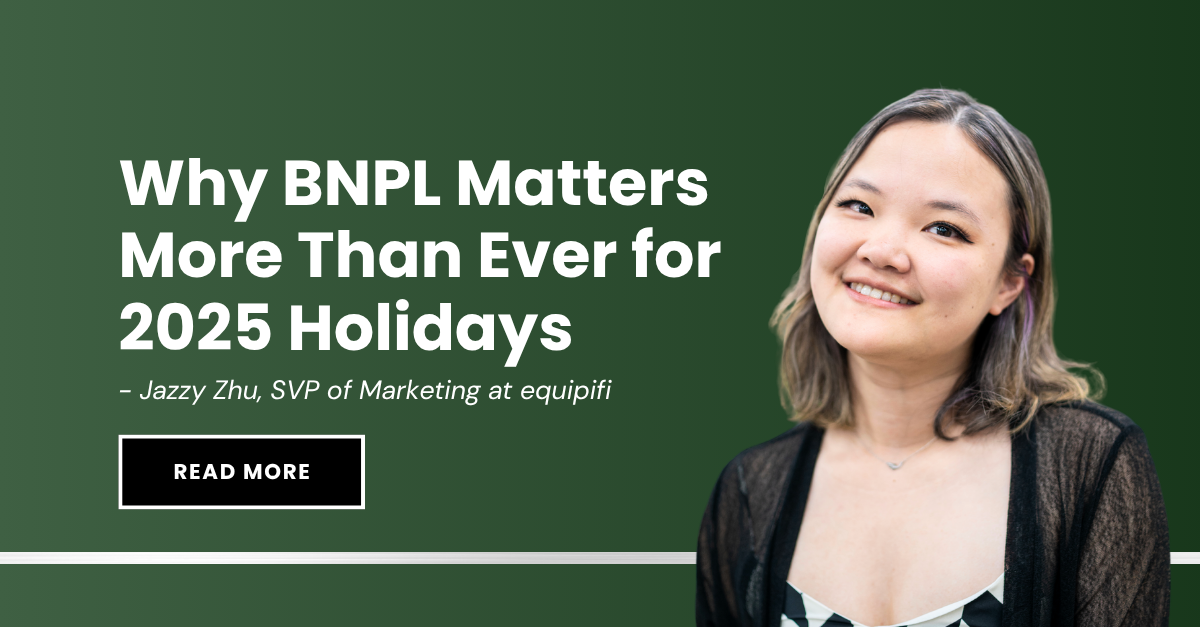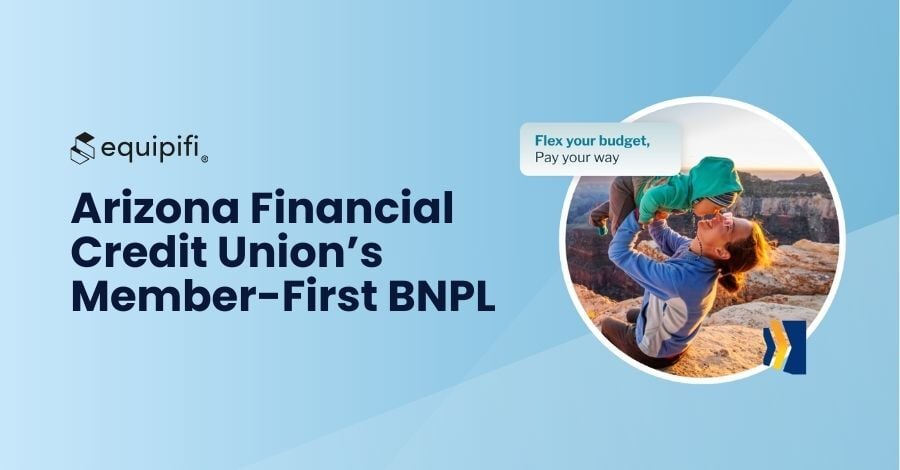We've long known the overall concept of buy now, pay later. Being able to afford goods and services now, and not having to pay upfront isn’t revolutionary. It isn't even new. However, the consumer market is in love, and BNPL solutions are here to stay.
Having the ability to pay in installments has been around since the 19th century, thanks to Singer’s dollar down purchase option with their sewing machines. Today, users click a button at checkout, and boom, your new pair of $200 shoes are on the way for $50 today and $150 later. By 2024, consumers will be spending $680B per year with BNPL via fintech providers alone.
So how has BNPL as a payment option taken up consumer financing by storm, and why?
“I like the provider with the most complicated buying experience," said no one ever.
Technology is at a point where all merchants can easily provide an online and even fully omnichannel shopping experience. Companies that do not have this infrastructure in place now find it difficult to compete. In 2020, purely brick and mortar stores felt it especially hard as many shoppers socially distanced at home.
Since then, the shift toward eCommerce has stayed, and logically, this makes sense. When given the choice, the majority of consumers will make purchases through channels that provide the simplest and most convenience experience. Over the past decade, eCommerce sales have increased over 300 percent in the US alone. In that same time, retail sales grew around 40 percent.
A tiny additional step that can make purchases even more affordable? Consumers were willing to try.
As shoppers trickle back into stores, new shopping and payment preferences do too.
The ability to shop with minimal effort is the main culprit as to why we seem to have a package show up on our doorstep more frequently than we care to admit. Add to that the ability to afford what we want to buy? That makes for pretty effective behavior reinforcement.
You see, BNPL allows shoppers to experience delight twice in their shopping experience: first at the successful purchase of a product that may have given some financial stress, the second when cash is returned into the bank account.
Now this doesn’t end once the order is placed. The user now has an easy to use mobile app to see everything happening with that purchase and, you guessed it, buy that jacket you’ve been eyeing to complete the new outfit. Rinse and repeat.
Soon, it will not be only online purchases that consumers will want financing support for. As brick and mortar store reopen, shoppers are returning to physical storefronts, and many of them carrying that same expectation for their shopping experience.
Who better to provide it to them than their own financial institutions?
Let's face it, shopping is the ideal occasion for consumer experience, financing needs, and delight to intersect. If banks and credit unions want to stay connected and engaged with their members, the best way for them to do so -- and also to stay top of wallet -- is to take their members shopping. Consumers already have financial institutions they bank with, so they don't even have to create a new account.
Isn't this what credit cards already do? In a way, yes. However, traditional credit cards have been around long enough to develop a reputation for high interest and costs. Costs that are almost nonexistent with BNPL.
It's with Millennials and Gen Z's that we see this distinction most prominently. 62 percent of US consumers between 35-50 have used BNPL services, as have 40 percent of those between 26-34. 32 percent of US shoppers between 18-25 have tried BNPL, too. For a financial solution that has only been around only for a matter of years, this is significant uptake.
So there you have it. BNPL is a consumer financing option that is here to stay. It started with younger shoppers making purchases online that they wouldn't ordinarily be able to afford, especially if they were wary about credit risks. Now, the adoption is spreading to more (and even younger) shoppers, online and in stores.
Financial institutions, are you ready? Your members are waiting.
.png?width=70&name=MicrosoftTeams-image%20(1).png)



SHARE